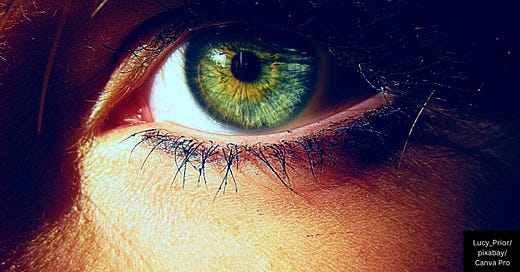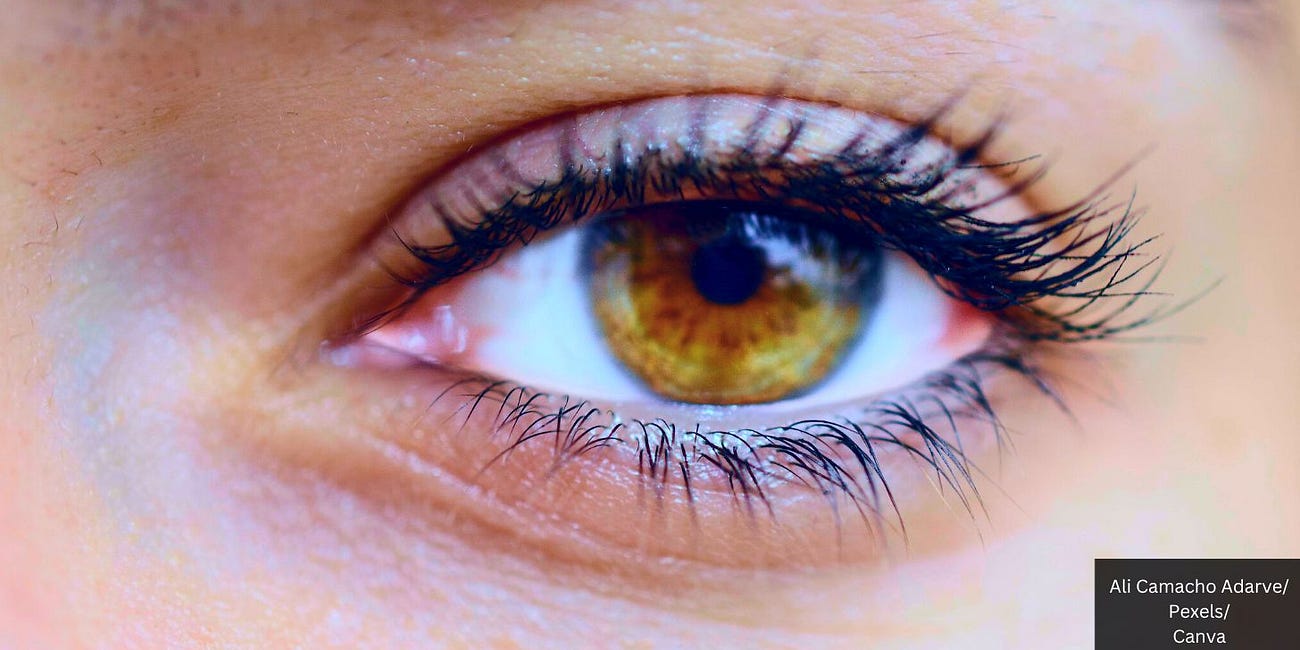Eye Inflammation, Blood Supply Deficiency Following COVID Jab: 'Korean Journal of Ophthalmology'
"[C]concerns about the safety of the vaccine have always been an issue," the authors write.
A study pre-print published today in the Korean Journal of Ophthalmology has confirmed that various eye diseases “can be observed shortly after” receiving COVID-19 injections.
Follow Jon Fleetwood on Instagram @realjonfleetwood / Twitter @JonMFleetwood
The study found that ocular adverse events (OAEs) like ischemia and inflammation occur after either messenger ribonucleic acid (mRNA) jabs, such as those from Pfizer Inc. and Moderna Inc., as well as viral vector vaccines, like the Oxford-AstraZeneca and Janssen/Johnson & Johnson shots.
Ischemia is a deficient supply of blood to a body part, often due to obstruction of blood.
Inflammation is the body’s immune response to harmful stimuli.
The study authors began their paper by pointing out how the production process behind COVID jabs lacked long-term testing before being distributed.
“The typical vaccine development timeline lasts 5 to 10 years, and sometimes longer, to assess whether the vaccine is safe and efficacious in clinical trials,” the authors write. “Vaccines for COVID-19, however, were developed and distributed in 1–2 years under emergency use authorization, considering the global threat of the disease. Therefore, concerns about the safety of the vaccine have always been an issue.”
The study looked at 24 patients suffering eye-related symptoms following COVID injection who visited the Department of Ophthalmology Chungbuk at National University Hospital in Cheongju, Korea from March 2021 to May 2022.
Patients reported eye symptoms an average of 6.8 ± 4.9 days post-jab.
The type, dose of vaccine, and symptom onset were noted.
Follow Jon Fleetwood on Instagram @realjonfleetwood / Twitter @JonMFleetwood
OAEs associated with inflammation predominantly occurred with mRNA shots, whereas those related to ischemia were primarily seen after viral vector vaccines.
Their study suggests that viral vector vaccines may result in more OAEs than mRNA vaccines.
Symptoms mostly occurred after the first shot (58.3%), followed by the second (33.3%) and the third doses (8.4%).
The most frequent OAE was retinal vein occlusion, followed by paralytic strabismus.
Retinal vein occlusion is a blockage in a small blood vessel that carries blood away from the retina, leading to vision problems and potential complications.
Paralytic strabismus is a condition where one of the eye muscles becomes weak or paralyzed, causing the affected eye to not move properly and leading to vision problems like double vision.
However, jabbed patients also suffered from anterior uveitis (inflammation of the iris and ciliary body), scleritis (inflammation of the white part of the eye), keratitis (inflammation of the cornea), and optic neuritis (inflammation of the optic nerve).
Half of the patients suffered systemic symptoms, including general weakness, fever, myalgia, and headache, before the OAE manifested.
The authors conclude their study by confirming that “ocular adverse events, including retinal vein occlusion and paralytic strabismus, may be observed following COVID-19 vaccination.”
You can read the full study here:
Follow Jon Fleetwood on Instagram @realjonfleetwood / Twitter @JonMFleetwood
Eye Disease 'White Dot Syndrome' Confirmed Following COVID-19 Vaccination: 'Indian Journal of Ophthalmology'
A new study published Monday in the Indian Journal of Ophthalmology confirms both new-onset as well as reactivation of ‘multiple evanescent white dot syndrome’ (MEWDS), an inflammatory eye condition that affects the retina, occurring after COVID-19 vaccination.
Combination Eye Movement Impairment/Inflammation Following 6th COVID Vaccination: 'Journal of Investigative Medicine High Impact Case Reports'
A case report published this month in the Journal of Investigative Medicine High Impact Case Reports confirms the simultaneous development of ‘abducens nerve palsy’ and ‘optic neuritis’ on the same side, presented in a recently COVID-vaccinated 82-year-old man.
Blindness in Both Eyes Following COVID-19 Vaccination: 'European Journal of Ophthalmology'
A case study published Tuesday in the European Journal of Ophthalmology reports a man who experienced sudden vision loss in his left and right eyes following a COVID-19 mRNA vaccination. Pfizer’s safety data—only made available by order of a Texas federal judge—show the company and the U.S. Food & Drug Administration (FDA) were aware that various eye dis…








Thanks so much for calling attention to this.